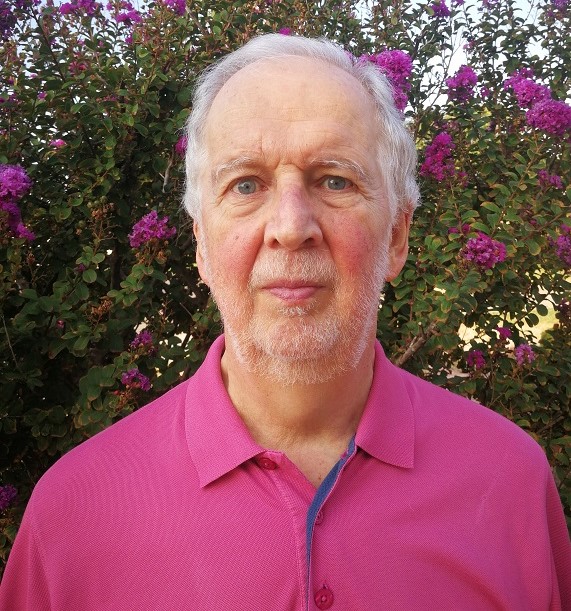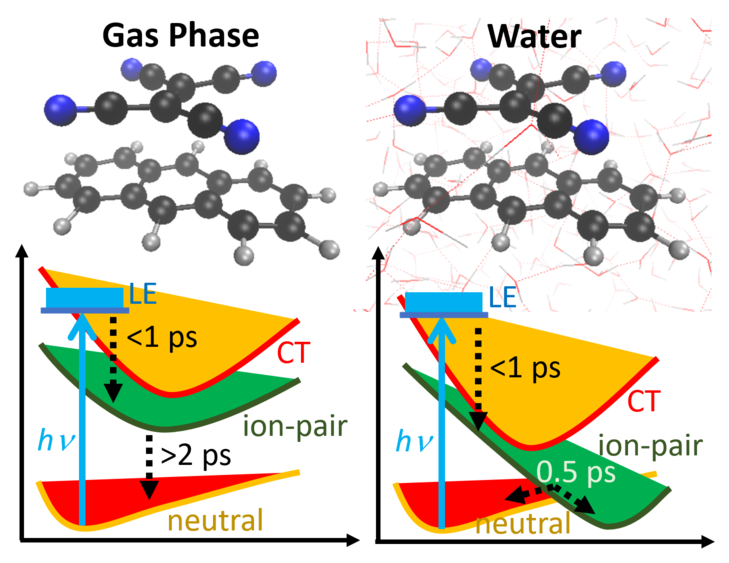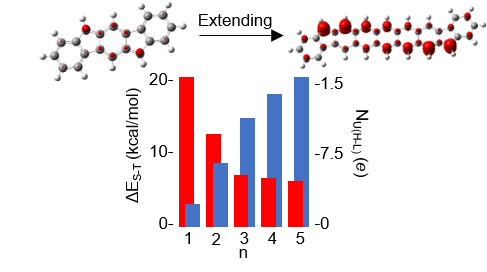Dr. Hans Lischka

Title: Research Professor
Education: Ph.D., University of Vienna, 1968
Postdoctoral Study, University of Karlsruhe, 1972-1973
Research Area: Theoretical and Computational Chemistry
Office: Chemistry 038
Email: hans.lischka@ttu.edu
More Info: https://homepage.univie.ac.at/hans.lischka/
Principal Research Interests
- Photodynamics of biological systems and carbon nanomaterials
- Polyradicaloid polycyclic aromatic hydrocarbons (PAHs), graphene quantum dots and carbon dots
- Nonadiabatic photodynamics and luminescence phenomena
- Excitonic interactions and charge transfer
- Method development in the fields of multireference Quantum Chemistry and nonadiabatic dynamics
- Characterization of molecular nonpolar surface areas by means of quantum mechanical approaches with focus on glycans and glycopeptides
Photodynamics represents a fascinating field which combines many challenging applications in Chemistry and Molecular Biology. My main interests focus on the accurate description of electronically excited states starting in the Franck-Condon region and extending over the whole range of the energy surfaces, including nonadiabatic transitions via conical intersections, but also excitonic interactions, charge transfer and luminescence properties. Surface hopping based on the program package NEWTON-X is used for the description of the photo dynamics.
"Nonadiabatic Dynamics of Charge-Transfer States Using the Anthracene−Tetracyanoethylene
Complex as a Prototype",
F. Siddique, M. Barbatti, Zh. Cui, H. Lischka, A. J. A. Aquino
J. Phys. Chem. A 2020, 124, 3347−3357.

In the gas phase, the deactivation will lead to the original neutral ground state. In water, however, a completely different picture emerges. The ultrafast deactivation leads to two different ground state populations, one in the neutral ground state and one in the ion-pair state.
The electronic structure of polyaromatic hydrocarbons (PAHs) used as molecular models for graphene nanomaterial shows an amazing development of radical structure with increasing size of the flakes. Calculations performed at high computational level using the COLUMBUS program package have investigated quasi-linear n-acenes and two-dimensional structures such as perichriacenes and circumacenes. Current work concentrates on tuning the PAH properties by means of doping with heteroatoms, on stacking properties, fluorescence properties and processes relevant for singlet fission.
"Interplay of Biradicaloid Character and Singlet/Triplet Energy Splitting for cis-/trans-Diindenoacenes
and Related Benzothiophene-Capped Oligomers as Revealed by Extended Multireference
Calculations"
R. Nieman, N. J. Silva, A. J. A. Aquino, M. M. Haley, and H. Lischka
J. Org. Chem. 2020, 85, 3664−3675

How to tune biradicaloid character: Singlet-triplet splitting decreases with increasing number of unpaired electrons as the result of increasing chain length
The accurate evaluation of the electronic Schrödinger equation is of fundamental importance in Quantum Chemistry. My program development work concentrates on efficient multireference configuration interaction methods within the framework of the COLUMBUS program system (https://www.univie.ac.at/columbus). This program has unique features for computing electronically excited states and their nonadiabatic interaction.
Hans Lischka, Ron Shepard, Thomas Müller, Péter G. Szalay, Russell M. Pitzer, Adelia
J. A. Aquino, Mayzza M. Araújo do Nascimento, Mario Barbatti, Lachlan T. Belcher,
Jean-Philippe Blaudeau, Itamar Borges Jr., Scott R. Brozell, Emily A. Carter, Anita
Das, Gergely Gidofalvi, Leticia Gonzalez, William L. Hase, Gary Kedziora, Miklos Kertesz,
Fábris Kossoski, Francisco B. C. Machado, Spiridoula Matsika, Silmar A. do Monte,
Dana Nachtigallova, Reed Nieman, Markus Oppel, Carol A. Parish, Felix Plasser, Rene
F. K. Spada, Eric A. Stahlberg, Elizete Ventura, David R. Yarkony, Zhiyong Zhang
The Generality of the GUGA MRCI Approach in COLUMBUS for Treating Complex Quantum
Chemistry
J. Chem. Phys. (JCP Special Topic: Electronic Structure Software)
J. Chem. Phys. 152 (2020) 134110
Department of Chemistry & Biochemistry
-
Address
1204 Boston Avenue, Lubbock, TX 79409-1061 -
Phone
806.742.3067
